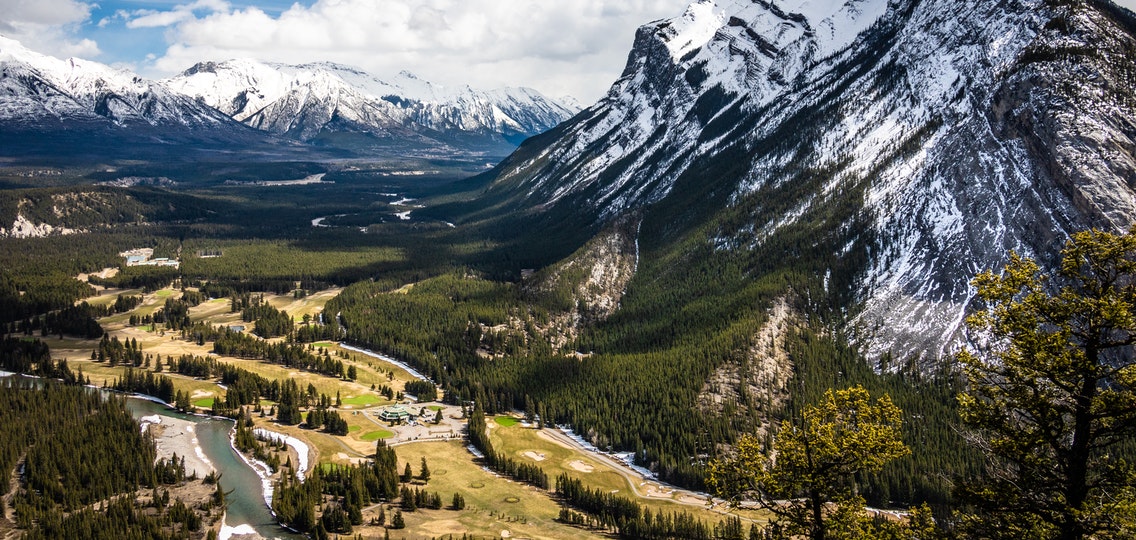Premier Kenney’s attack on environmental protections is politically motivated
This article was originally published in the Edmonton Journal on February 20, 2021
Next week the Alberta government is going to court to try and challenge the constitutionality of Canada’s newest environmental law, the Impact Assessment Act (IAA). Branding the legislation an affront to Alberta’s energy sector, the ink was barely dry on this environmental assessment law before the province vowed it would take the federal government to court.
Ecojustice, along with other environmental groups and First Nations, has intervened in that proceeding to help protect the IAA.
Alberta’s court challenge is a political attack on a strong and fair environmental law that benefits all Canadians. Everyone, from coast to coast to coast, is at risk from the dangerous impacts of the climate crisis, the loss of biodiversity and the pollution of our air, water, and land.
Albertans are just as much at risk from environmental breakdown as Canadians in other provinces and territories. Scientists have linked wildfires, such as the one that ripped through Fort McMurray in 2016 and displaced 80,000 people, to the climate emergency.
Abandoned oil and gas wells, more than 97,000 of which are littered throughout the province, also pose a risk to those living in Alberta. Years of fossil fuel extraction have scarred the land and nobody knows how many are leaking methane and other pollutants into the air.
Yet, Premier Kenney seems determined to try and upend any environmental progress in the province. He has pushed back against any climate action, going all the way to the Supreme Court to challenge federal carbon pricing law. Just last week, his government was in court defending its witch-hunt, poorly disguised as a “public inquiry”, into environmental groups who dare challenge the fossil fuel industry.
The Alberta government has effectively adopted a policy of pitting Albertans against the rest of Canada. Not only does this foster disharmony at a time when all governments need to work together to tackle the massive environmental challenges that this country faces, but it also puts the health and security of Albertans at risk by attacking important environmental laws and protections.
Which brings us back to the Impact Assessment Act (IAA).
Ecojustice lawyers, thousands of Canadians from all backgrounds, and the federal government worked together to shape the IAA into a law that balances industry, environment, and Indigenous interests. It is a good law that works to protect all Canadians, and that is why Ecojustice will be in court to protect it from a political attack.
The legislation sets out the factors that determine whether a project’s effects on areas of federal jurisdiction such as fish, oceans, and migratory birds, are in the public interest. The law mandates consideration of Indigenous rights, climate commitments, sustainability, cumulative impacts and mitigation.
Perhaps most importantly, the IAA brings important issues to light early in the planning phase, which can help head off headaches and further litigation in the future. The law provides for greater transparency – no more decision-making behind closed doors for reasons that are not disclosed to the public.
Greater clarity and transparency about the future of major projects and infrastructure should be welcomed in Alberta. The Kenney government learned a hard lesson when the Biden administration cancelled the Keystone XL pipeline in its first days in office after the province had already invested at least $1.5 billion into the project.
Canadian case law affirms that federal and provincial governments have joint responsibility to protect the environment, including taking action to avert climate disaster, protect nature and biodiversity and reduce toxic pollution that impacts communities across Canada. This responsibility must be enshrined and upheld in good environmental laws, like the IAA, that work for everyone.
That is why Ecojustice is going to court – to fend off yet another political attack on a good law that protects the interests of people across Canada.
This piece was written with contributions from Seán O’Shea, of Ecojustice’s communications team.



